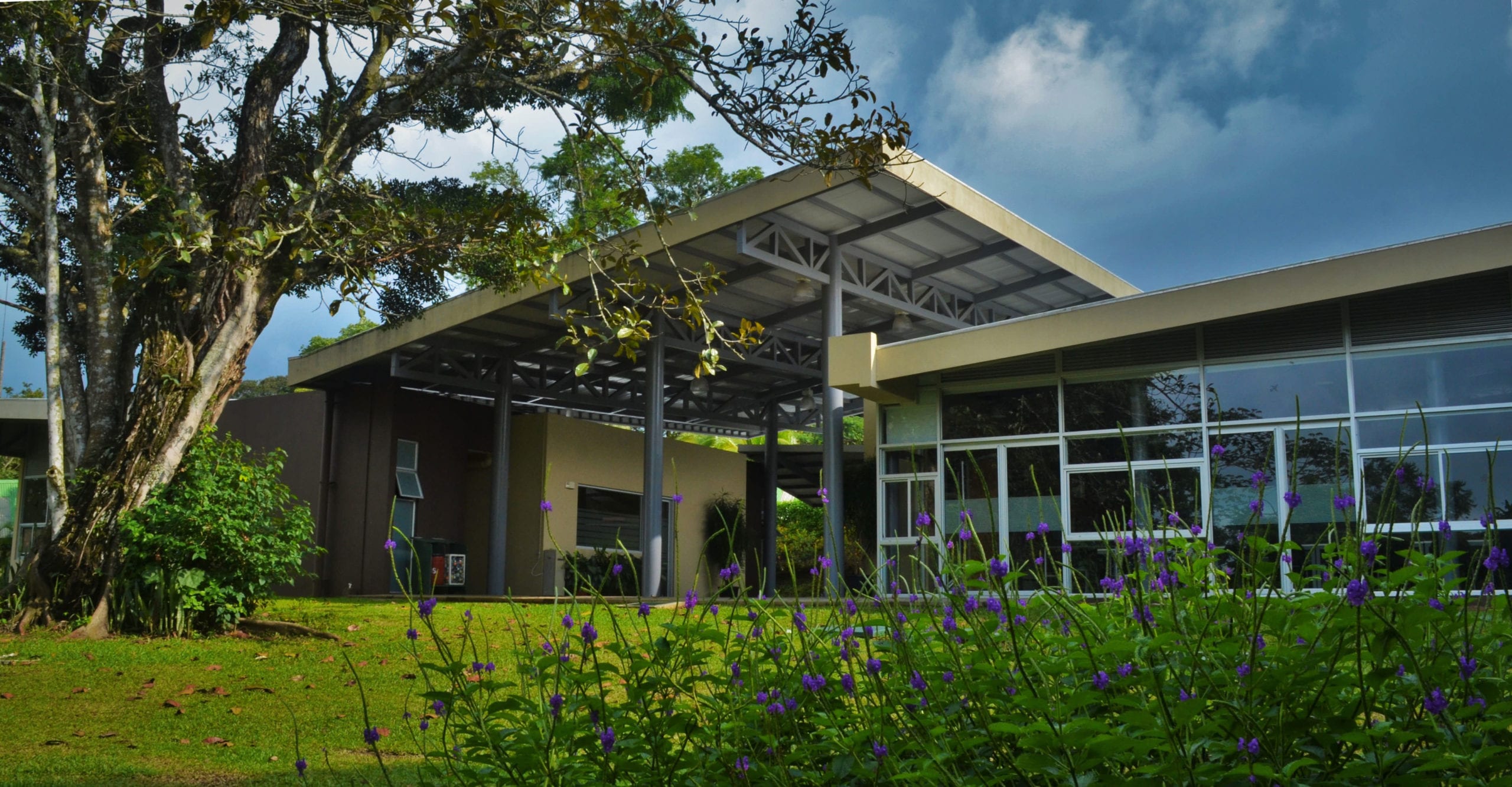Earning LEED Credits
As you pursue LEED certification through the U.S. Green Building Council (USGBC), you will be exploring many options to meet your goals. Tekton Performance Films has a proven energy saving product that can directly help you achieve LEED Credits. Below are six categories within the standard where solar control window film can be applied towards meeting the criteria for earning LEED credits.
All buildings, new and existing, applying for LEED certification must meet the EPA ENERGY STAR® rating of at least 60. Certification for minimum energy performance requires that building electricity bills, cost, and usage be provided before improvements are made and that for a given building type and function, specific energy reduction goals must be met according to the guidelines for the EPA ENERGY STAR rating.
The energy saving benefits of window film can help companies to achieve the initial rating of 60, and it also can provide additional LEED credits once the baselines are met. Solar energy saving window film is covered by the LEED for Existing Buildings Certification. Details can be found in the USGBC LEED for Existing Buildings Reference Guide, version 2.0, available through the USGBC website.
Optimize Your LEED Credits
There are many opportunities to leverage window film when applying for LEED certification. While some categories seem to contradict each other, it is important to review the entire set of opportunities and apply for the areas that will provide the most impact for your building. Tekton Performance Films offers an array of window films with varying VLTs and heat rejection properties. Analyzing your building and occupant needs in conjunction with the LEED certification requirements will help you to select the best film or set of films for your building.
HOW WINDOW FILM EARNS LEED CREDITS
1. Energy Performance Credits
Buildings that exceed the EPA ENERGY STAR rating of 60 required for certification can receive up to 10 LEED credits through additional energy efficiency improvements (LEED E&A Credit #1). The table below shows the LEED points that can be earned for an existing building based on additional energy efficiency improvements. Window film alone can provide from one to four LEED points in energy efficiency improvements, depending on the environment and the film installed.
2. Credit for Light Pollution Reduction
Light pollution reduction, also known as “Light Trespass”, is covered by Credit #7 under the “Sustainable Sites” goal. “Light Trespassing” occurs when lighting used within the building is visible at certain levels in the surrounding external environment. To qualify for this LEED credit, most of the internal light must fall within the building. Luminosity measurements are taken outdoors, with all lights off, and again with all the lights on. A LEED credit is achieved if the outdoor illumination level does not increase more than 10% than levels with the “lights on.”
Installing solar control window film will result in a lower amount of visible light transmission (VLT) through the windows. Window films have varying degrees of visible light transmission, and films with lower VLT ratings will greatly reduce light trespass from the building. When choosing a film, you can consider the amount of likely light trespass in advance and select specific films with a given target in mind.
3. Glare Reduction Credit
Under the Environmental Quality category (EQ #8.2), a credit can be achieved for “providing for glare control features for all windows where direct penetration of sunlight would interfere with normal occupant activities”. This is a goal that works in conjunction with the light pollution requirement in Sustainable Sites Credit 7 for “light trespass”. This requirement can be met by applying window films with a VLT low enough to meet occupant requirements for glare-free activity.
4. Thermal Comfort
Improving and maintaining thermal comfort for one LEED Credit is an option under section EQ 7.1 of the certification program. The performance measurements are the same as those for the American Society of Heating, Refrigerating and Air-Conditioning Engineers (ASHRAE) Standard 55-2004. ASHRAE 55-2004 is a thermal comfort standard that outlines requirements for documenting a space as appropriately thermally comfortable for the occupants. The credit can be met by demonstrating compliance with data logging temperatures (#7.6.2.2), or by survey, where at least 80% of building occupants must consider themselves comfortable in the building climate (#7.6.2.1). This includes mitigating “local discomfort” (#5.2.4) and reducing temperature variations with time (#5.2.5).
Solar heat transmitted through untreated windows is often the cause of local discomfort. Occupant complaints about excessive heat or hotspots can be completely mitigated by applying high performance, solar rejecting window films (as referenced in section #5.2.4). Solar control window film excels at moderating temperature variations over time, greatly improving thermal comfort (as referenced in #5.2.5).
5. Innovation Credits
There is also an innovation category for up to four extra LEED credits that you can apply for by making a case that a chosen building upgrade, not currently covered under the LEED for Existing Buildings standard, has improved the environment of the building.
There are two ways that window film can be used to apply for the innovation credits. One way is to apply for a credit based on the environmental benefits provided by blocking ultraviolet radiation through solar control window film. Window film blocks 99% or more of harmful UV A and UVB rays, which contribute to skin damage and skin cancer, and are the leading factor causing fading to interiors. A second eligible credit could be earned if fade reduction can be applied to reducing waste or improved building maintenance, as specified in the Materials and Resources section of the standard.



